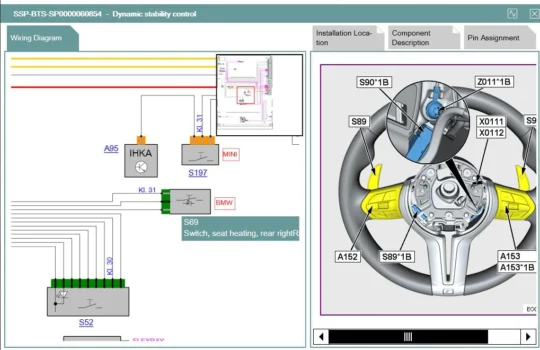How to Repair Brake Calipers: Maintenance, Tools, and Replacement
Table of Content
Introduction
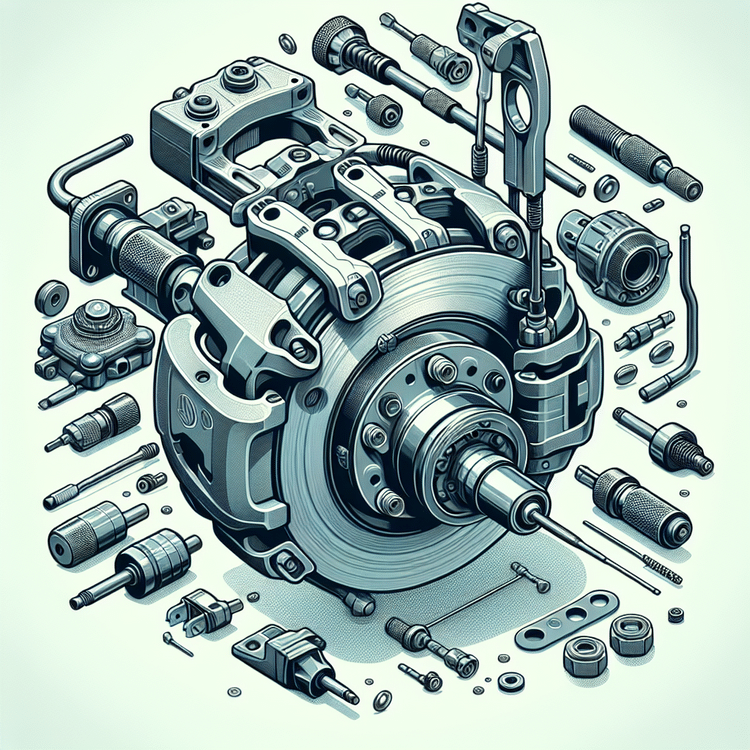
Brake calipers play a critical role in the vehicle’s braking system, exerting the necessary pressure on the brake pads to ensure effective stopping. Proper functioning of the calipers is crucial for vehicle safety; any malfunction can lead to decreased braking efficiency, which may result in accidents.
When brake calipers fail, the repercussions can be severe, including uneven brake pad wear, overheating, and even total brake failure. Regular maintenance is essential to prevent such failures, emphasizing the importance of timely brake caliper replacement.
This post will examine the common issues associated with calipers, provide repair insights, and guide car owners and mechanics in identifying when repairs or replacements are necessary. Understanding the signs of brake caliper failure is vital for safe vehicle operation and overall driving experience.
Understanding Brake Calipers
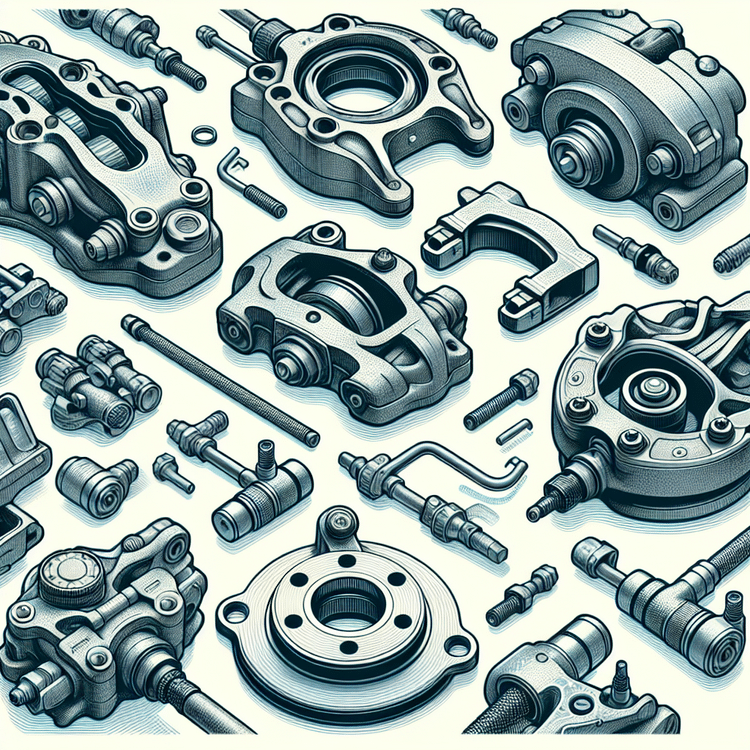
Brake calipers play a crucial role in a vehicle’s braking system, serving as the mechanism that squeezes the brake pads against the brake rotor to create the friction needed to slow down or stop the vehicle. This process is fundamentally reliant on hydraulic pressure generated through the brake fluid when the brake pedal is pressed, converting the driver’s force into mechanical pressure.
There are primarily two types of brake calipers used in modern vehicles: floating (or sliding) calipers and fixed calipers. Floating calipers can move slightly along a rail, allowing inner brake pads to press against the rotor as hydraulic pressure is applied, while fixed calipers remain stationary and use multiple pistons to grip the rotor from both sides. Each type is suited for different applications, with fixed calipers typically found on high-performance or heavy-duty vehicles for enhanced stopping power, while floating calipers are more common in everyday passenger vehicles.
Due to wear and tear, brake calipers may require brake caliper replacement as part of regular maintenance. Understanding how these components function and their types ensures drivers and mechanics can make informed decisions regarding their vehicle’s braking system.
Common Brake Caliper Issues
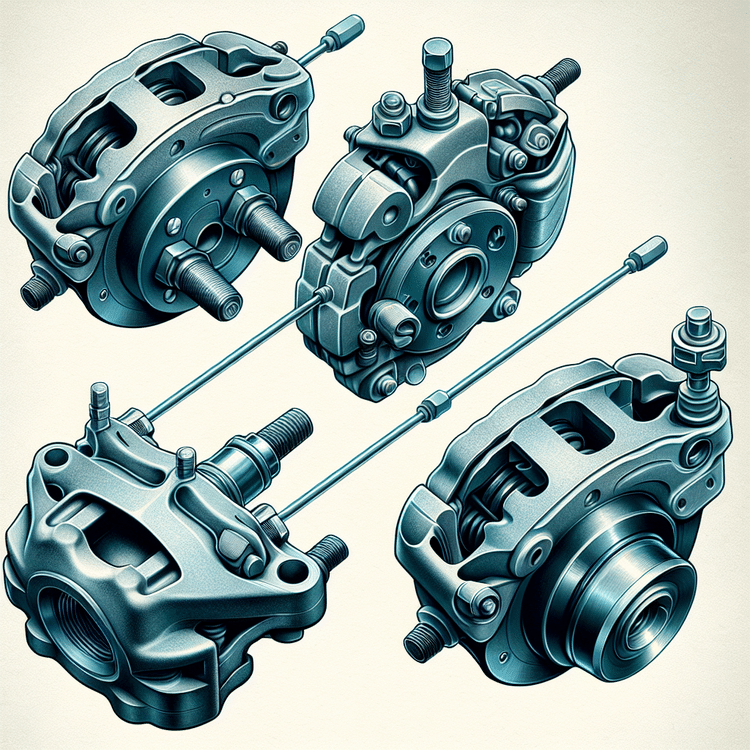
Brake calipers are crucial components of your vehicle’s braking system, and several typical issues can affect their performance. One prevalent problem is seizing, which can occur due to rust or debris buildup. This can lead to uneven brake pad wear and reduced braking efficiency.
Another common issue is fluid leaks. These can arise from damaged seals or hoses within the brake caliper, leading to a loss of hydraulic pressure, which is essential for effective braking. As a result, you might experience a soft brake pedal or a warning light on your dashboard.
Corrosion is also a significant concern, especially in vehicles exposed to harsh environmental conditions. Corroded calipers can adversely affect the caliper’s movement and performance, leading to inconsistent braking.
Addressing these brake caliper issues in a timely manner is vital for maintaining your vehicle’s overall performance and safety. Neglecting these problems can result in increased repair costs and may compromise vehicle safety.
For those looking to enhance their braking system, consider checking our options on brake repair products to ensure your brakes are functioning optimally.
Signs of Caliper Failure
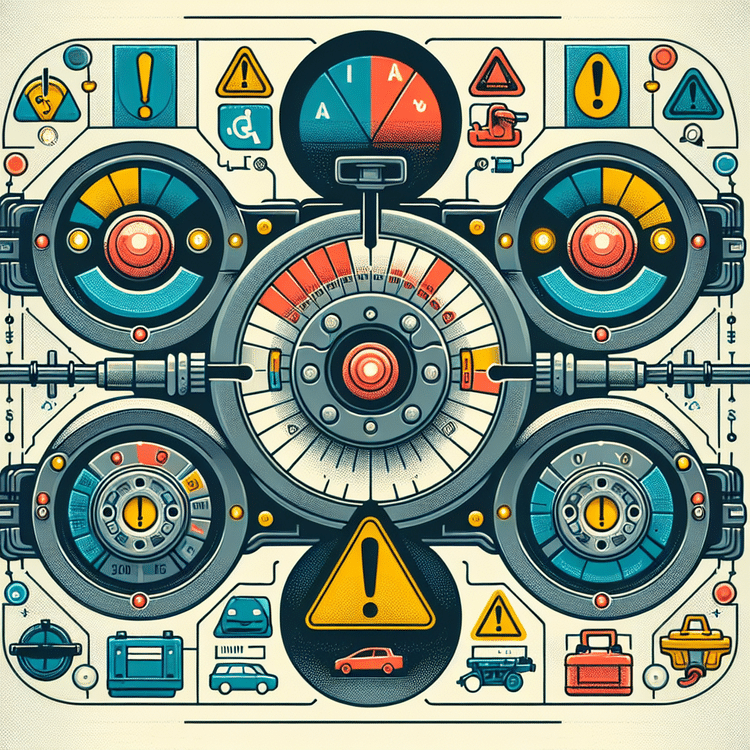
Brake calipers play a crucial role in your vehicle’s braking system, and recognizing the signs of failure can prevent more serious issues. Here are key indicators that may suggest your brake calipers are failing:
- Uneven Brake Pad Wear: If you notice that one side of your brake pads is wearing down faster than the other, it could indicate that the caliper isn’t applying even pressure.
- Pulling to One Side: When you apply the brakes, if your vehicle pulls to one side, it may mean that a caliper is sticking or has seized, causing unequal braking.
- Brake Fluid Leaks: Inspect your brake system for leaks. A visible leak around the caliper might indicate a failing seal or caliper issue.
- Unusual Noise: Squeaking or grinding noises while braking can suggest that the caliper is not functioning properly or that it’s causing excessive friction.
- Warning Light: Pay attention to your dashboard warning lights. If your brake warning light is illuminated, it may signal caliper failure or other brake issues.
If you find any of these symptoms, it is important to examine your brake system as soon as possible. Neglecting to address these signs can lead to decreased performance and safety concerns.
For those seeking to repair or replace their calipers, consider checking out our guide on caliper repair techniques to ensure you understand the steps required.
Brake Caliper Maintenance
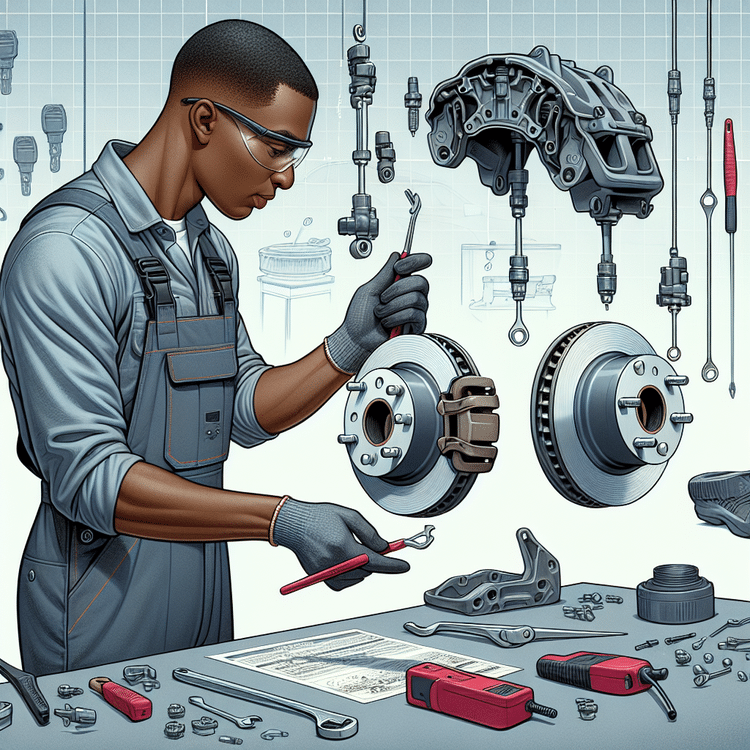
Regular maintenance of brake calipers is essential for ensuring their longevity and optimal performance. Brake calipers play a crucial role in the braking system by applying pressure to the brake pads, which in turn, clamp down on the rotors to slow down or stop the vehicle. Neglecting their maintenance can lead to decreased braking efficiency and potentially dangerous conditions.
Here’s a step-by-step guide for effective brake caliper maintenance:
- Inspect for Leaks: Regularly check for brake fluid leaks around the caliper. Any signs of fluid accumulation should be addressed immediately.
- Clean the Calipers: Use a brake cleaner spray to remove dirt and dust from the calipers. This prevents debris from interfering with the caliper’s movement.
- Lubricate the Slides: Apply appropriate grease to the caliper slides and pins to ensure smooth operation. This helps to prevent sticking of the caliper during operation.
- Check Brake Pads: Inspect the thickness of the brake pads. Worn pads should be replaced to avoid damage to the calipers and rotors.
- Test Brake Performance: After maintenance, conduct a test drive to ensure that the brakes are functioning correctly and respond well without any unusual noise.
For further insights, you might find this article on Audi Brake Pads Warning Light: Meaning, Causes, and Quick Fixes helpful. It discusses warning signs related to brake components that can affect performance.
Additionally, exploring our guide on How to Update and Maintain BMW Diagnostic Tools | Maintenance Tips can provide valuable information on maintaining diagnostic tools that assist in brake caliper checks.
Tools Required for Brake Caliper Repair
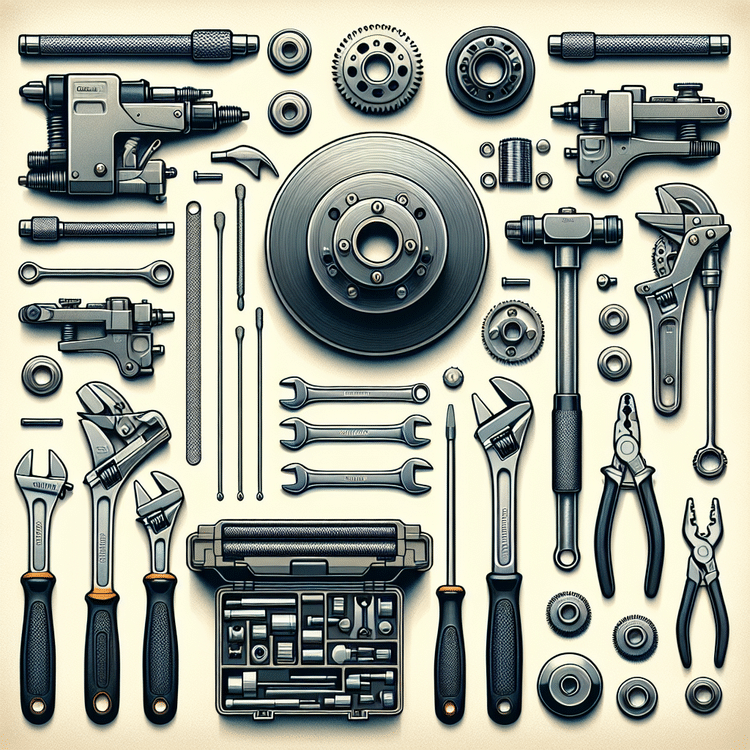
Performing DIY brake caliper repairs requires a set of essential tools to ensure the job is done correctly and safely. It’s crucial to have quality equipment before starting your repairs to avoid any complications.
- Brake Caliper Tool Kit: This kit typically includes various tools such as caliper wind-back tools and wrenches specifically designed for caliper removal. Opt for a high-quality kit to guarantee durability and effectiveness. Jeep and Chrysler and Fiat Software Kit is an excellent choice for specific vehicle lines.
- Socket Set: A comprehensive socket set allows you to remove bolts quickly and effectively, which is essential for removing the caliper from the brake assembly.
- Brake Cleaner: Keeping the components clean during the process will help in achieving a successful repair. Brake cleaner sprays off dirt and grease, preparing the surfaces for action.
- Torque Wrench: Using a torque wrench is vital for applying the correct pressure to bolts to ensure every connection is secure. This prevents issues after reassembly.
- Pry Bar: For stubborn calipers that refuse to budge, a pry bar can help loosen them without damaging adjacent components.
Having these brake caliper tools on hand not only makes your job easier but also ensures your vehicle’s braking system functions effectively after repairs. For further information on essential tools, check out Best Professional Car Diagnostic Tool.
DIY Brake Caliper Repair
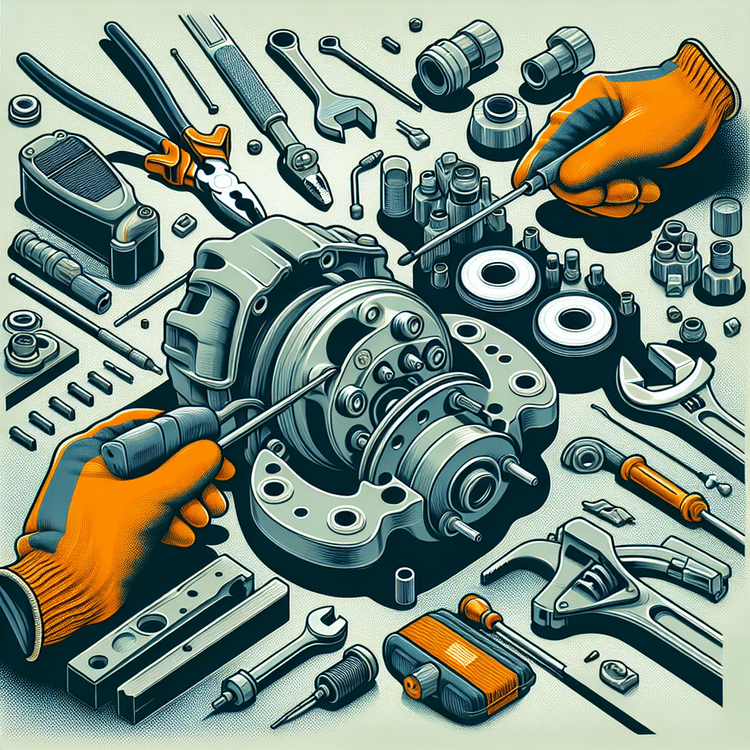
Repairing brake calipers can be a rewarding DIY project. Follow these steps to ensure a successful repair while keeping safety in mind:
- Gather Tools and Materials:
- Jack and jack stands
- Wrench set
- Brake cleaner
- New seals and pistons (if needed)
- Grease
- Ensure Safety:
- Always work on a flat surface.
- Use gloves and eye protection.
- Never work under a vehicle supported only by a jack; always use jack stands.
- Remove the Wheel:Loosen the lug nuts and lift the vehicle. Remove the wheel to access the brake caliper.
- Remove the Caliper:Unbolt the caliper from its bracket and carefully detach it from the rotor. Avoid damaging the brake line.
- Inspect and Clean:Check the caliper for signs of wear. Clean it with brake cleaner to remove any dirt or debris.
- Replace Seals and Pistons:If seals or pistons are damaged, replace them with new ones. Apply grease to ensure a smooth fit.
- Reassemble:Reattach the caliper, ensuring all bolts are securely tightened. Reinstall the wheel.
- Test the Brakes:Before driving, pump the brake pedal several times to ensure proper caliper function.
Considering other repairs? Check out our guide on Ford IDS Sensor Calibration for additional insights.
Brake Caliper Replacement
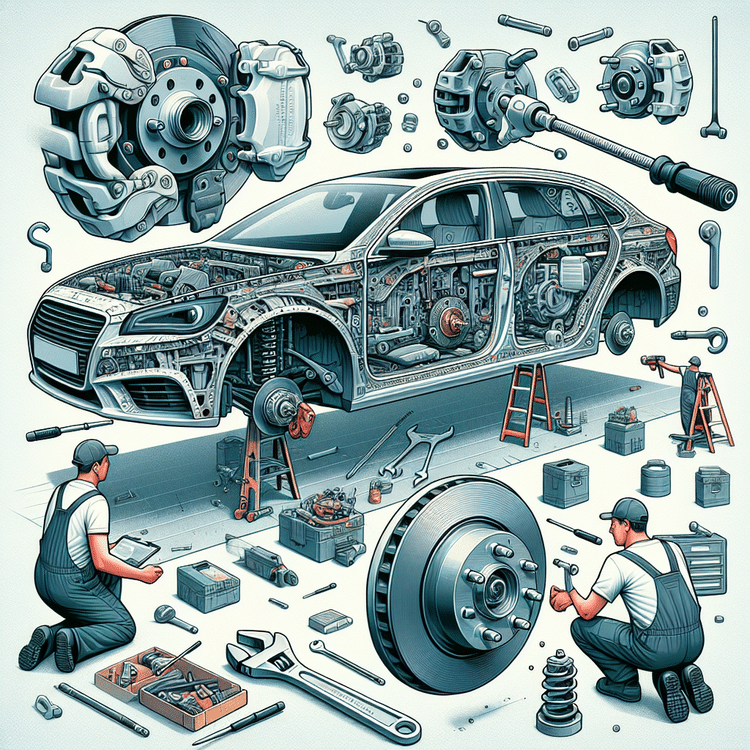
The replacement of brake calipers becomes necessary when they show signs of wear, leaks, or improper functioning, which can lead to decreased braking efficiency and safety risks. It’s important to address these issues promptly, as a malfunctioning brake caliper can lead to uneven wear on brake pads and even damage to the brake rotors.
The process of replacing brake calipers typically involves the following steps:
- Lift the vehicle and remove the wheel.
- Disconnect the brake line and remove the old caliper from its mounting.
- Install the new brake caliper, ensuring all bolts are tightened to the manufacturer’s specifications.
- Reconnect the brake line and bleed the brake system to remove any air bubbles.
- Reinstall the wheel and lower the vehicle.
Cost considerations for brake caliper replacement can vary significantly depending on the make and model of the vehicle, as well as labor costs in your area. On average, the cost can range from $150 to $500 per caliper, including parts and labor. It’s advisable to compare quotes from different mechanics and consider purchasing parts from reputable sources.
Professional Brake Caliper Services
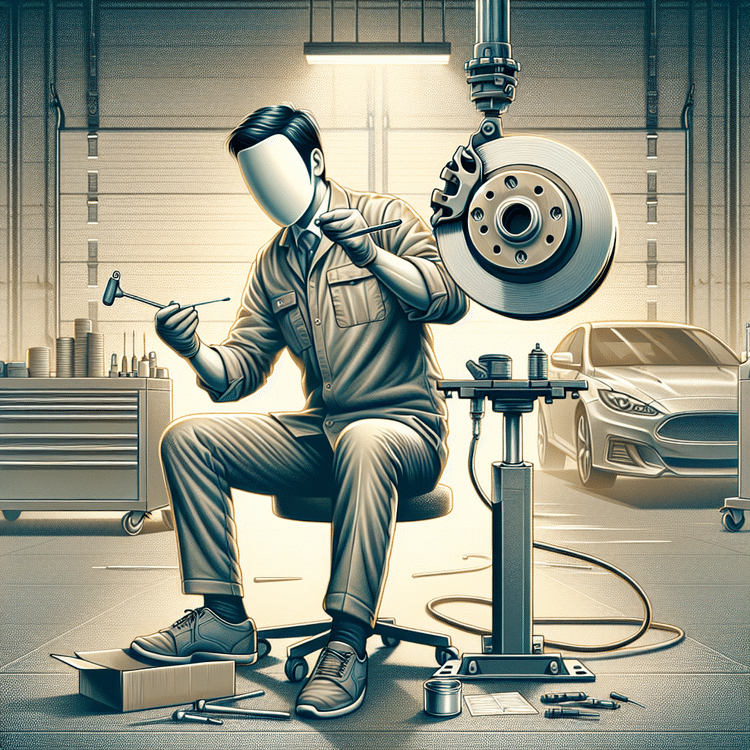
When it comes to brake caliper service, various professional services are available to ensure your vehicle’s braking system operates efficiently and safely. Key services include:
- Caliper Replacement: If the caliper is severely damaged, replacement is often necessary to restore optimal functionality.
- Caliper Repair: Minor damages can be repaired to prolong the caliper’s life, typically involving replacing seals and pistons.
- Brake Fluid Flush: Regular maintenance that helps prevent corrosion and ensures the hydraulic system is functioning properly.
Seeking professional help offers several benefits, including expertise, proper tools, and access to quality parts. Professionals can accurately diagnose issues that may not be immediately apparent, ensuring the longevity of your braking system.
The caliper repair cost varies based on the type of service required. For instance, a caliper replacement can range between $300 to $800, while repairs may cost less, typically around $150 to $300, depending on your vehicle and specific situation. Regular maintenance can avoid more expensive repairs down the line, making professional services a wise investment.
When choosing a reputable service provider, consider factors such as:
- Customer reviews and testimonials
- Certifications and experience
- Warranty on services provided
Conclusion
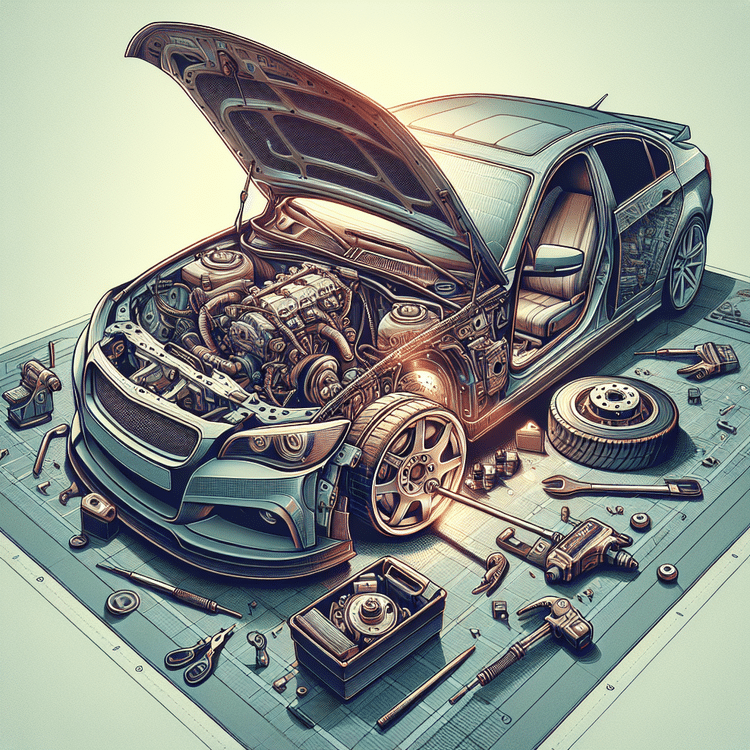
In summary, the importance of brake caliper maintenance cannot be overstated. Regularly inspecting and maintaining your brake calipers ensures optimal performance and safety. Addressing any signs of malfunction—such as unusual sounds or reduced braking efficiency—should be done immediately to prevent further damage and ensure safe driving conditions.
If you’re experiencing issues with your brake calipers, don’t hesitate to seek the help of a professional. Regular maintenance checks can help catch potential problems early on. Learn more about the significance of brake components through our post on Audi Brake Pads Warning Light: Meaning, Causes, and Quick Fixes.
